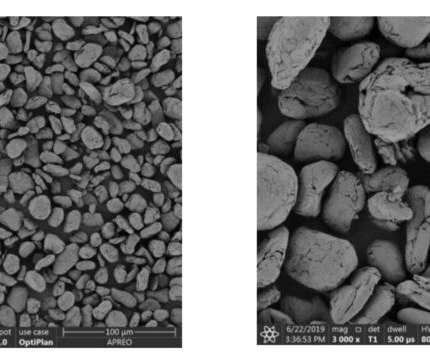GE posts $63M in orders for Durathon sodium-halide battery systems
Green Car Congress
SEPTEMBER 20, 2012
GE’s Energy Storage business announced $63 million in new Durathon sodium-halide battery orders since the business launched in July. In its first weeks of operation, the business secured 10 new telecom customer orders across several regions, including Africa, Asia, India and the US powering a total of more than 3,500 cell towers.











Let's personalize your content